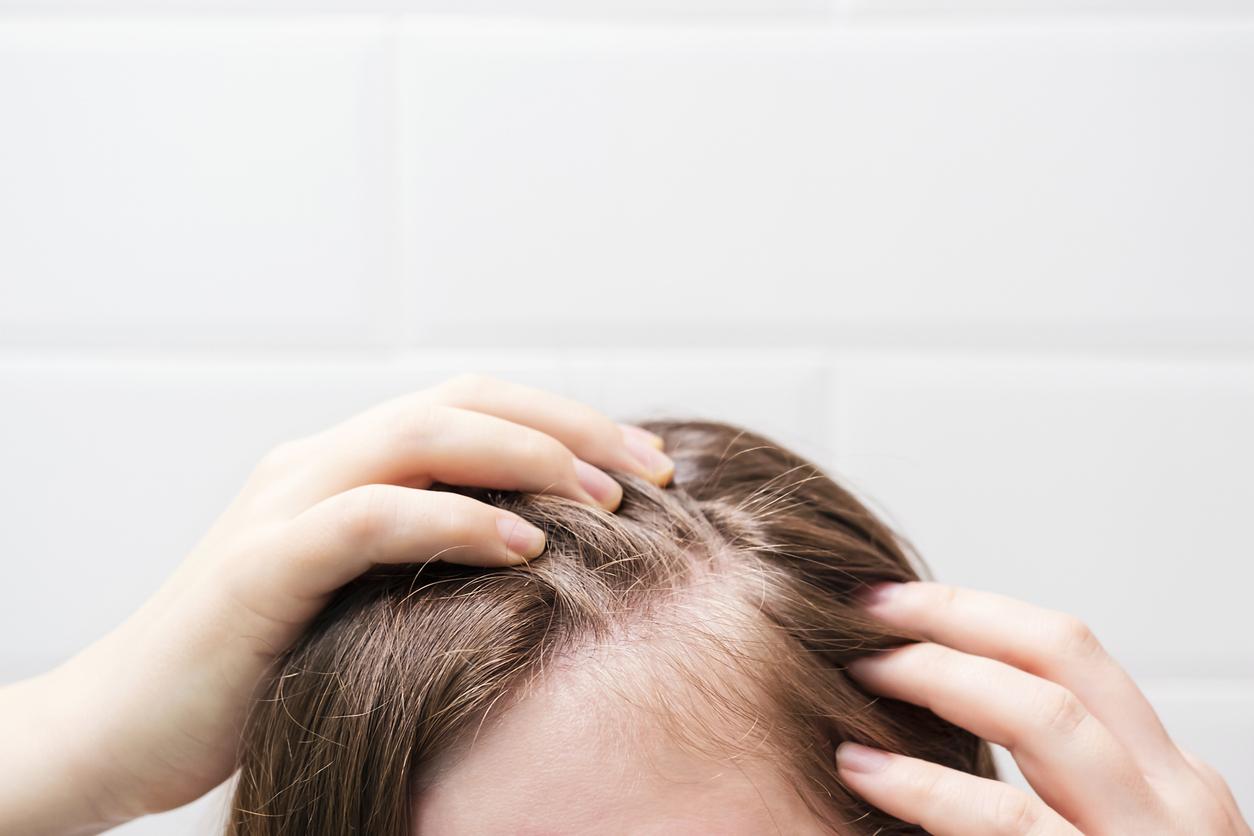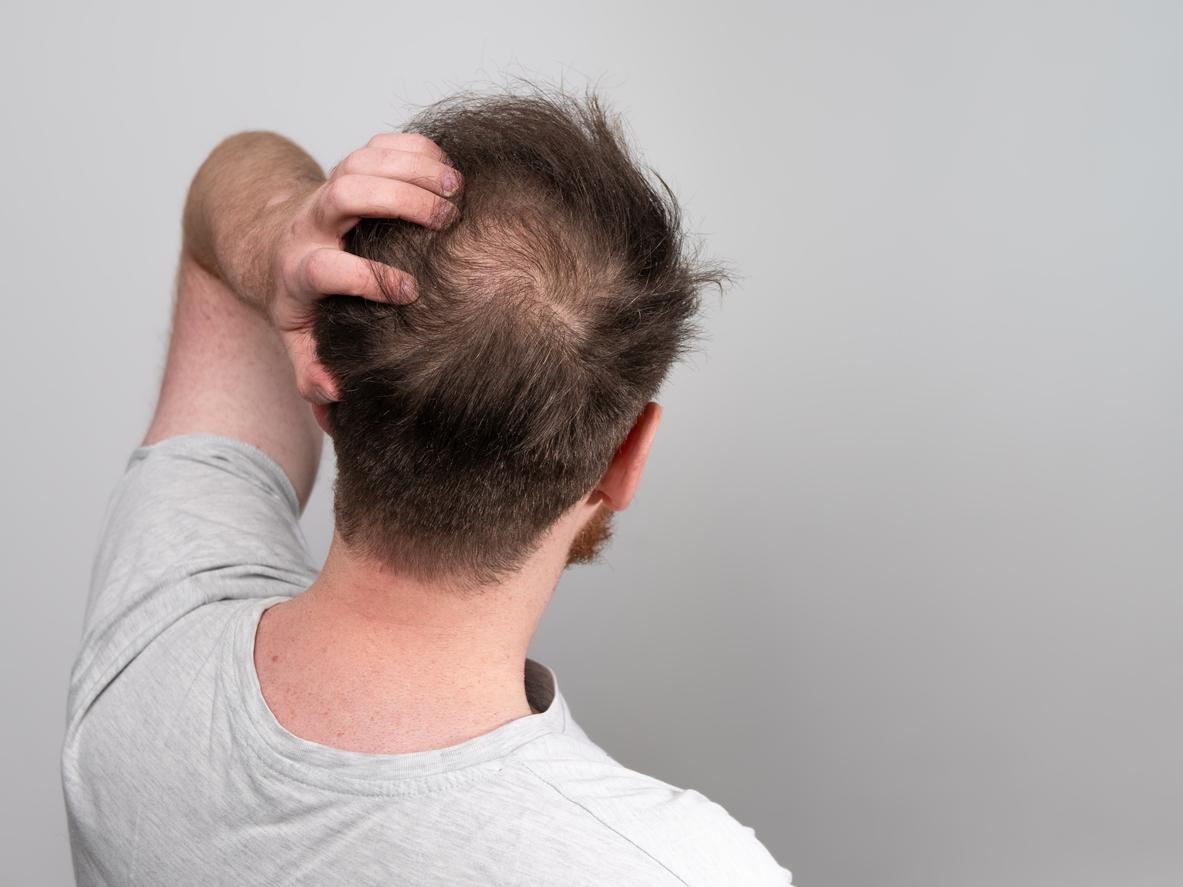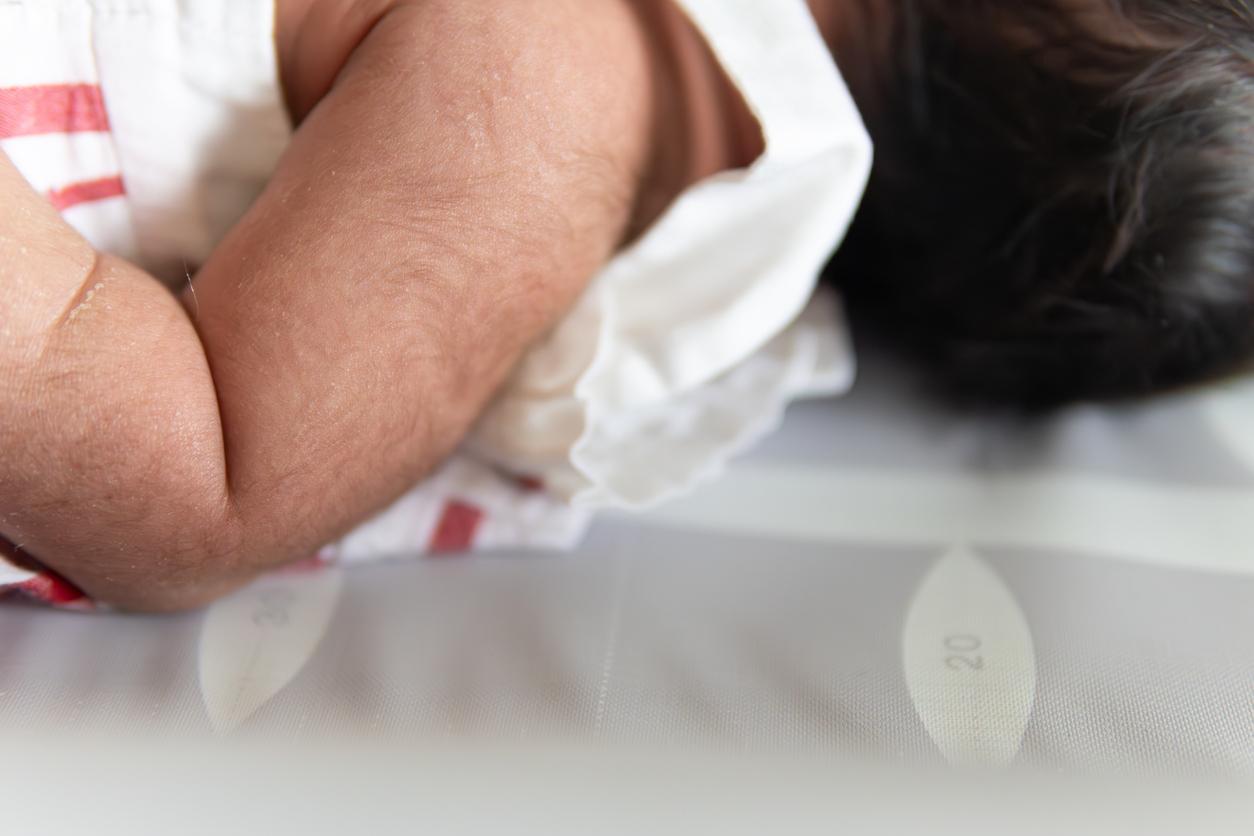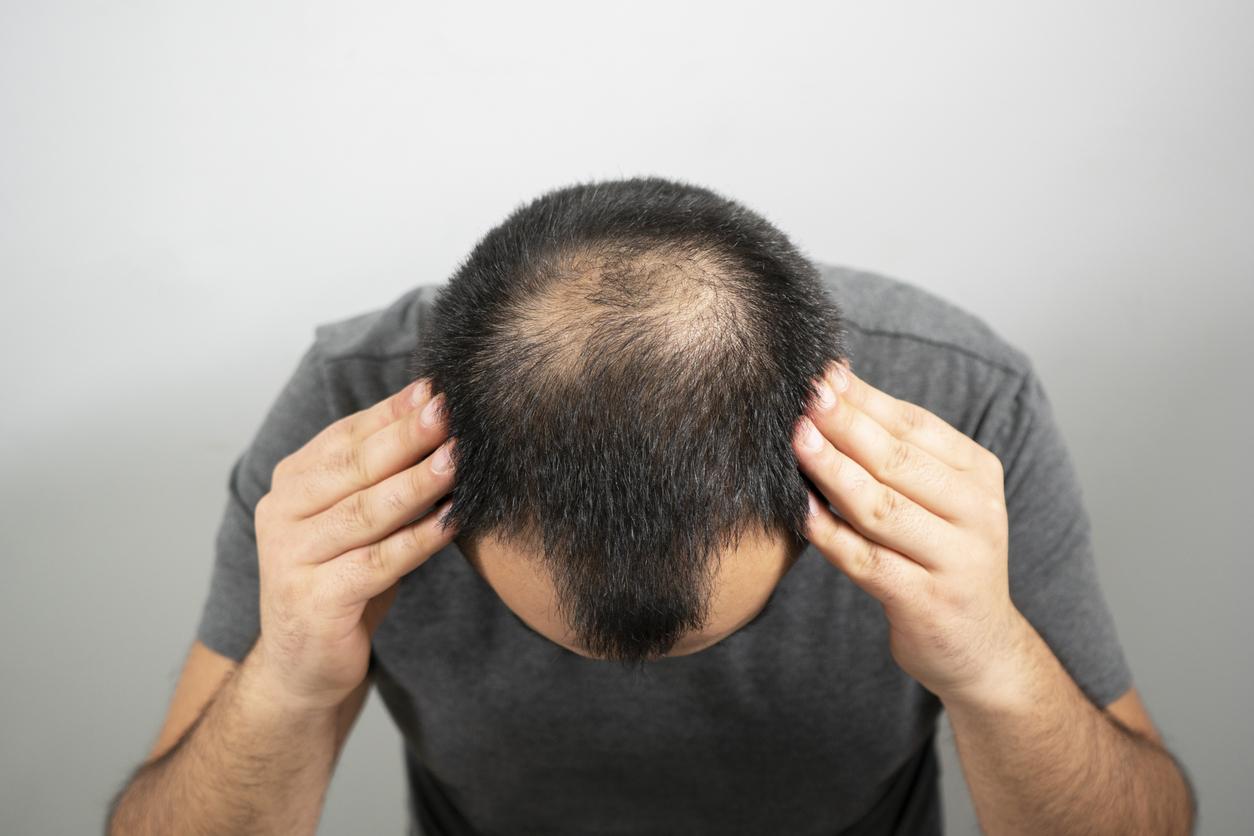Small molecules would play a role in the regeneration of follicles. They could eventually be used as a treatment for hair regrowth.
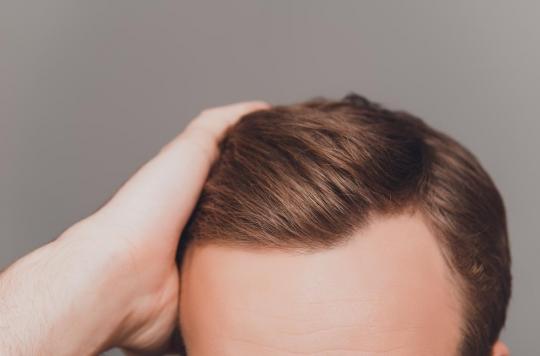
- Treatment with dermal papilla cells containing a specific microRNA improved hair follicle growth in mice.
- The miR-218-5p microRNA may eventually be used as a treatment for hair loss.
Are we on the verge of finding a miracle cure that can regrow hair? While in France, an estimated 10 million men and 2 million women suffer from alopecia, that is to say a partial or total loss of hair and / or body hair, new hope stimulation of the hair follicle, and therefore hair regrowth, comes to us from the United States.
In a study published on Science Advancesresearchers at North Carolina State University (USA) explain that they have identified a microRNA (a small RNA molecule that regulates gene expression) that could promote hair regeneration.
Hair that grows back in 15 days
Hair growth depends on the health of the dermal papilla cells (DP cells), which regulate the growth cycle of the hair follicle. To test the regeneration of the latter, the researchers cultured dermal papilla cells alone (2D) and in 3D spheroids, then implanted them in groups of mice.
They then studied the rate at which hair regrows in mice treated with DP cells cultured in 2D, DP cells cultured in a 3D spheroid in a keratin scaffold and finally mice treated with Minoxidil, a common treatment for hair loss. hair. During a 20-day trial, mice treated with DP 3D cells regained 90% of their hair after 15 days.
“3D cells in a keratin scaffold gave the best results because the spheroid mimics the microenvironment of hair and the keratin scaffold acts as an anchor to hold it where it’s needed”explains Ke Cheng, co-author of the work.
“We were also interested in how DP cells regulate the follicle growth process. So we looked at the exosomes, specifically the exosomal microRNAs of this microenvironment.”continues the researcher.
The key role of miR-218-5p
Exosomes are tiny sacs secreted by cells that play an important role in communication between cells. These bags contain microRNAs.
Secondly, the researchers measured the microRNAs contained in exosomes from 3D and 2D DP cells. In exosomes derived from 3D DP cells, they identified miR-218-5p, a microRNA that enhances the molecular pathway responsible for hair follicle growth. They found that increasing miR-218-5p promoted hair follicle growth, while inhibiting it led to loss of follicle function.
“Cell therapy with 3D cells could be an effective treatment for baldness, but you have to grow, expand, preserve and inject these cells into the area.”, believes Professor Cheng. According to the latter, microRNAs “can be used in small molecule drugs”. “So you could potentially create a cream or lotion that would have a similar effect with a lot less hassle..”
However, further work is needed on the miR-218-5p microRNA to understand to what extent it can promote hair growth and whether its use is compatible with treatment.
.









